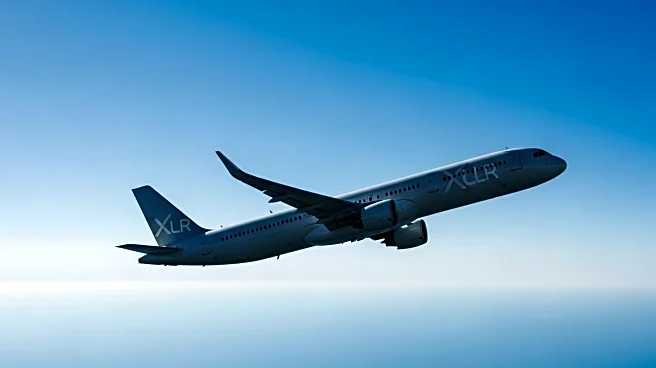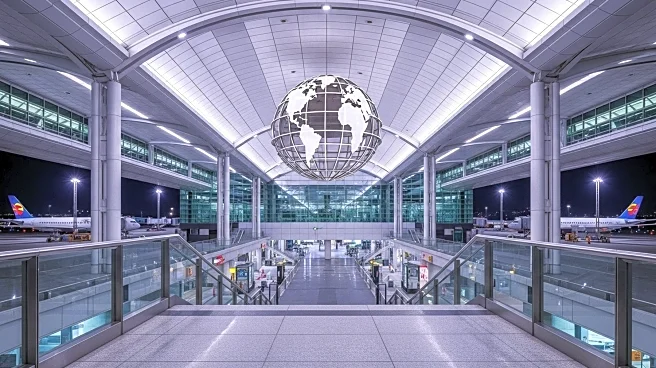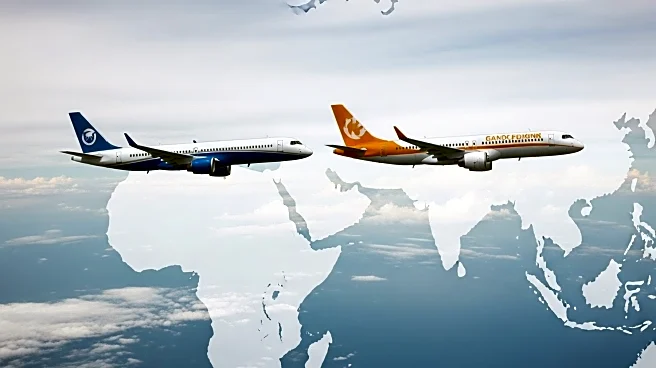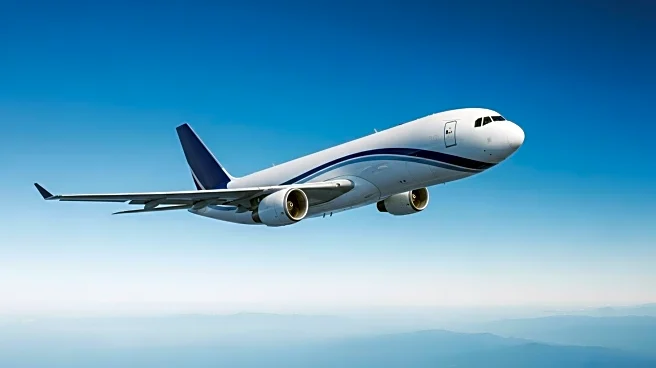What's Happening?
Rome Fiumicino Airport is shifting its strategic focus towards Asia, aiming to establish new connections with major destinations such as Manila, Colombo, Osaka, Kuala Lumpur, and Mumbai. This move comes as the airport has achieved record levels of connectivity with 21 U.S. destinations served in the summer of 2025. Federico Scriboni, aviation business development director of Aeroporti di Roma, emphasized the airport's role as a leader in central-southern Europe for both long-haul and short/medium-haul connectivity. The airport also targets Africa and South America, with Johannesburg, Cape Town, Lima, and Santiago de Chile identified as priorities. ITA Airways, a hub carrier, is expected to drive this expansion, especially after Lufthansa Group's acquisition of a 41% stake, with full integration into Star Alliance anticipated by early 2026.
Why It's Important?
The expansion of Rome Fiumicino Airport into Asian markets signifies a strategic shift that could enhance its role as a major intercontinental gateway in Europe. This development is crucial for increasing tourism and business travel between Europe and Asia, potentially boosting economic ties and cultural exchanges. The airport's focus on expanding its connectivity could also lead to increased competition among European airports, driving improvements in service and infrastructure. Additionally, the integration of ITA Airways into Star Alliance could strengthen the airline's network, offering passengers more seamless travel options and potentially increasing passenger traffic through Rome.
What's Next?
Rome Fiumicino Airport plans to continue expanding its connectivity, with a focus on overcoming challenges such as fleet shortages and geopolitical instability that may affect long-haul market growth. The airport remains confident in its ability to sustain growth and strengthen its position as a key intercontinental gateway. Future developments may include further partnerships with airlines and strategic investments in infrastructure to support increased passenger volumes and enhance service quality.













